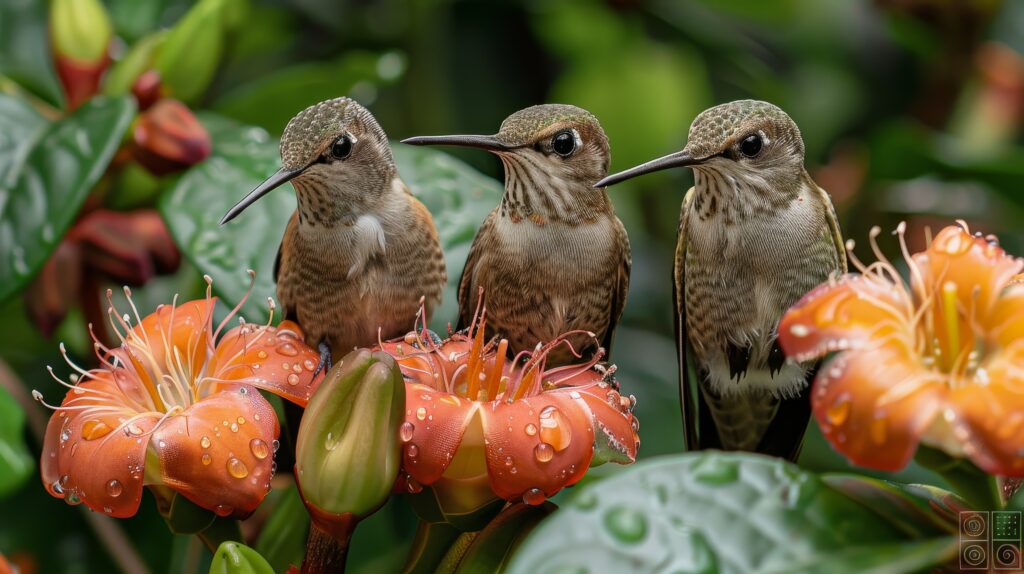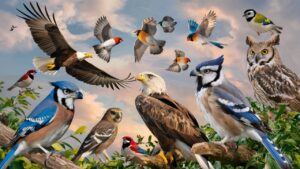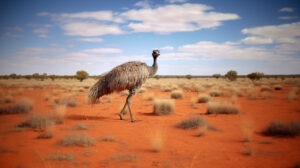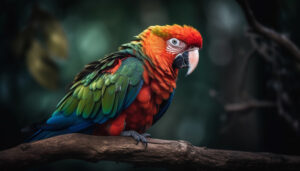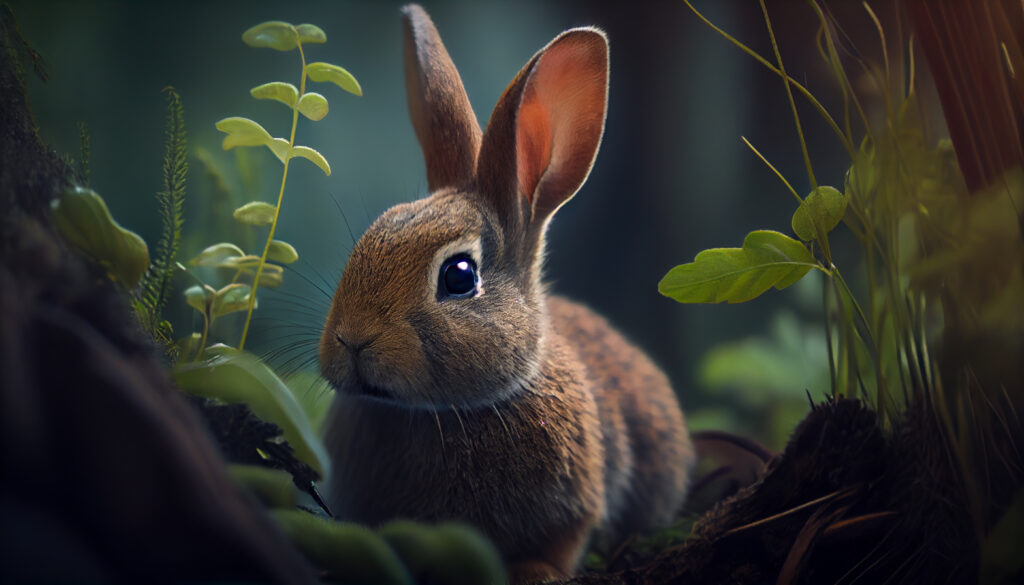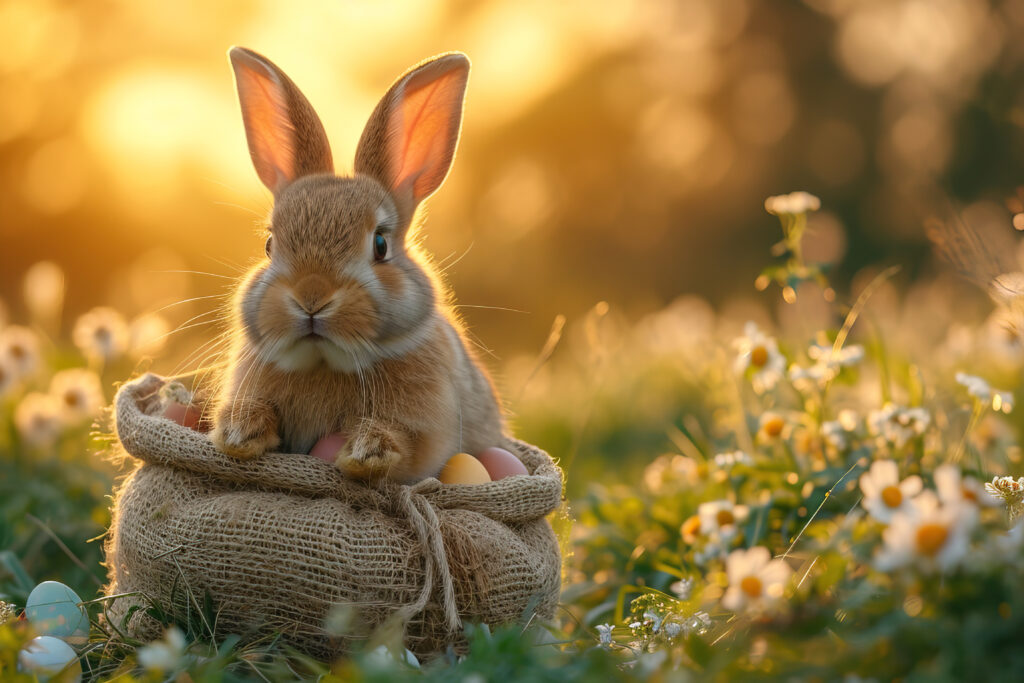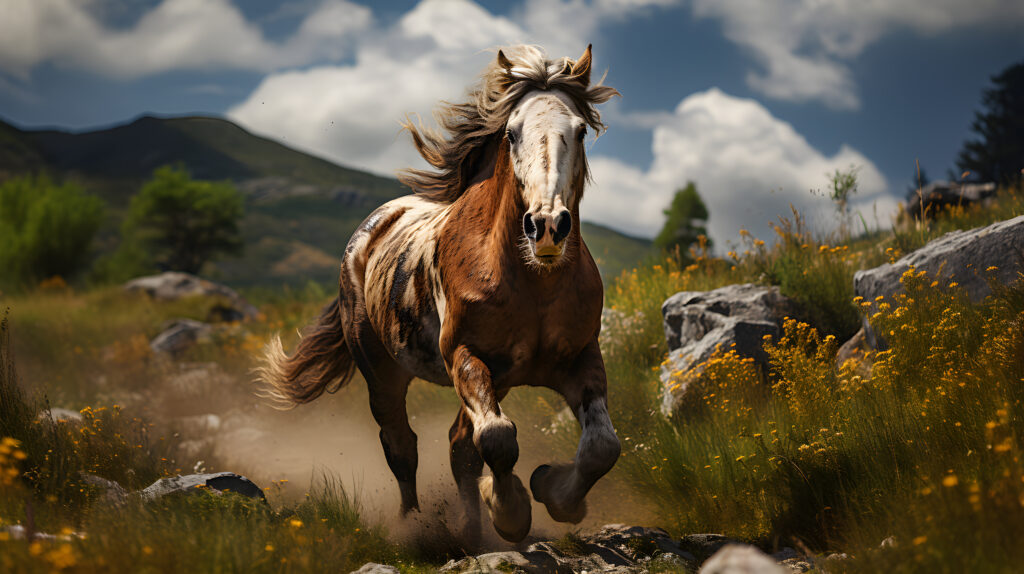Bird Feeding Birds are a vital part of our ecosystem, and feeding them is an excellent way to support local wildlife while enjoying their vibrant presence. But, what exactly do birds eat? Understanding the dietary preferences of different bird species is crucial for providing them with proper nutrition. This guide covers everything you need to know about bird feeding, from natural food sources to the best bird feeder choices.
Types of Birds and Their Dietary Preferences
Different bird species have varying dietary requirements, and their food choices are often influenced by their size, habitat, and beak shape. Here are some common types of birds and what they typically consume:
Granivores (Seed-Eating Birds)
Granivorous birds primarily eat seeds. Some of the most popular seed-eating birds include finches, sparrows, and doves. These birds have strong, conical beaks that are well-suited for cracking open tough seed shells. Sunflower seeds, millet, safflower seeds, and nyjer (thistle) seeds are some of their favorites.
Insectivores (Insect-Eating Birds)
Insectivores, like warblers, swallows, and woodpeckers, feed mainly on insects. These birds are incredibly beneficial for natural pest control, consuming large quantities of insects such as flies, mosquitoes, beetles, caterpillars, and ants. Offering mealworms or providing a natural garden habitat can attract these birds to your yard.
Frugivores (Fruit-Eating Birds)
Frugivores, such as orioles, tanagers, and robins, prefer fruits. Their diet consists of a variety of berries, apples, grapes, and oranges. Providing fresh or dried fruits in your bird feeders can attract these species.
Nectarivores (Nectar-Feeding Birds)
Hummingbirds are the most well-known nectarivores, feeding on nectar from flowers and feeders. Nectar-rich plants like trumpet vine, bee balm, and honeysuckle are natural attractants for these tiny birds. Offering a sugar-water solution in specially designed hummingbird feeders is another great way to support them.
Carnivores (Meat-Eating Birds)
Carnivorous birds, such as hawks, owls, and eagles, primarily eat meat. Their diet includes small mammals, birds, and reptiles. While these birds of prey don’t typically visit feeders, they play an essential role in maintaining a balanced ecosystem by controlling small animal populations.
Best Foods to Offer in Bird Feeders
When setting up bird feeders, it’s important to choose foods that match the dietary needs of the bird species in your area. Below are some of the best options:
Black Oil Sunflower Seeds
One of the most popular and versatile bird seeds, black oil sunflower seeds attract a wide variety of birds, including cardinals, chickadees, and nuthatches. They are rich in fat, making them an excellent energy source, especially during colder months.
Nyjer (Thistle) Seeds
Nyjer seeds are a favorite of finches, especially goldfinches. Their small size and high oil content make them a nutritious choice for birds. You’ll need a special feeder with tiny holes to dispense these seeds efficiently.
Suet Cakes
Suet is a high-energy food made from animal fat. It’s particularly useful in the winter when birds need extra calories to stay warm. Birds such as woodpeckers, wrens, and nuthatches are known to frequent suet feeders. You can also make your own suet cakes by combining fat with seeds, nuts, or dried fruit.
Mealworms
For insectivores like bluebirds and robins, mealworms are a top choice. You can purchase them dried or live. Offering mealworms in a dish or specialized feeder will encourage insect-eating birds to visit your yard regularly.
Safflower Seeds
If you’re looking to attract cardinals, chickadees, and grosbeaks, safflower seeds are an excellent option. These seeds have a bitter taste that squirrels dislike, so they can also help deter unwanted guests from your feeders.
Peanuts
Peanuts are rich in protein and fat, making them a great choice for birds like woodpeckers, blue jays, and titmice. Be sure to offer unsalted peanuts, either in the shell or shelled, to avoid harming the birds.
Natural Food Sources for Birds
While bird feeders provide supplemental food, it’s important to support birds’ natural foraging behaviors. Creating a bird-friendly habitat in your yard is a long-term investment in local wildlife. Here’s how:
Plant Native Trees and Shrubs
Native plants produce the seeds, fruits, and nectar that local bird species naturally consume. By planting native trees and shrubs like dogwood, elderberry, and oak, you create a sustainable food source that birds can rely on year-round.
Grow Wildflowers
Wildflowers attract a variety of insects, which in turn provide food for insectivorous birds. Species like coneflowers, black-eyed Susans, and milkweed are excellent choices for supporting both birds and pollinators.
Leave Leaf Litter
Instead of raking all your leaves in the fall, consider leaving some leaf litter in garden beds. Leaf litter harbors insects and provides a rich foraging ground for ground-feeding birds like thrushes and towhees.
Provide Water Sources
Birds need water for drinking and bathing. A simple birdbath or shallow pond can attract a wide variety of bird species. Ensure the water is fresh and clean, especially in winter when natural water sources may freeze over.
Tips for Safe Bird Feeding
To ensure the safety and health of birds visiting your feeders, follow these essential tips:
Clean Feeders Regularly
Dirty feeders can harbor mold, bacteria, and other harmful pathogens. Clean your feeders at least once every two weeks using a solution of one part bleach to nine parts water. Rinse thoroughly and allow them to dry before refilling.
Prevent Window Collisions
Place feeders either very close to windows (within 3 feet) or far away (more than 30 feet) to minimize the risk of birds flying into windows. Using window decals or external screens can also help reduce collisions.
Discourage Predators
Cats and other predators can pose a serious threat to birds visiting your feeders. Keep cats indoors, and position feeders at least 10 feet away from shrubs or other areas where predators could hide.
Store Food Properly
Birdseed can spoil if not stored correctly. Keep seed in a cool, dry place and use sealed containers to prevent moisture, mold, and pests.
Conclusion
Bird feeding is a rewarding activity that benefits both birds and bird lovers alike. By providing the right types of food, maintaining clean and safe feeding environments, and creating a bird-friendly habitat, you can attract a variety of species to your yard year-round. Understanding what birds eat is the first step to successful bird feeding, and with the proper knowledge, you can enjoy the beauty of birds while helping them thrive.
